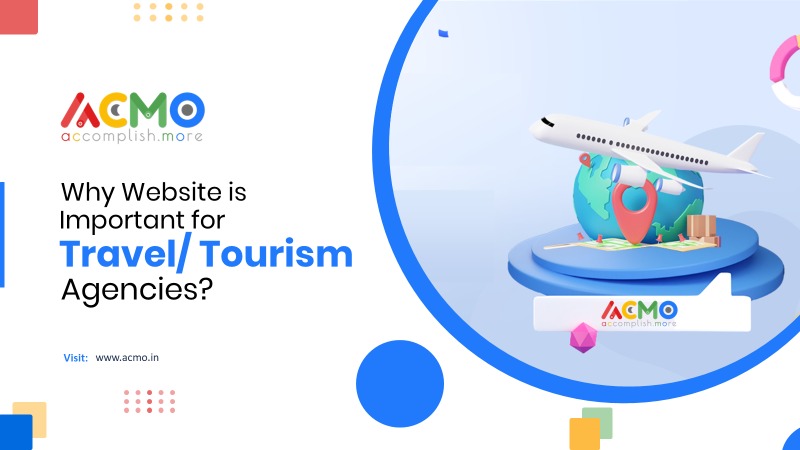Tourism is one of the important sectors that lead to a country’s/state’s growth. For the past many years, the sector has witnessed a boom except during the Covid-19 phase. It has not only boosted a place economically but has become a source of employment for many. Moreover, with the increase in tourism activities like trip planning, visiting tourist sites, etc has improved the economic situation of the countries. Therefore the sector has attracted government intervention on a rapid scale. Thus, it has become necessary to increase the focus on tourism development to attract more visitors.
The growth and development of the tourism sector is impacted by various factors such as tourist location environment, presence of transport facilities, availability of hotels and resorts, online hotel reservations, geographical location, guest experience of international tourists, and proximity to other tourist spots in the area. Furthermore, the attitude of travelers and how they perceive a tourist destination also determines the growth, allowing users to explore the opportunities lucidly.
The sector is aligned with the hotel industry, the hospitality industry, and the transport industry which serve as the base, followed by any other supporting industries. An integration among all three means that the information management system with vital information on destinations, products, services, transport facilities, etc., is crucial. All of this would be operationalized with ease by ICT, therefore having that system is profound.
Travel websites are important sources of information for tourists. This facilitates their living process, stay, place recognition, etc all through one click. In contemporary times, websites serve as a storehouse of information on tourism products and services. A well-formulated and professionally created travel website is a core need for marketing, exploring, and gathering information for tourist and tourism agencies. Furthermore, websites have evolved into excellent facilities that help tourists get a range of information such as tourist sites, exploration opportunities, entertainment options, learning benefits, and available communication channels.
Various strategies that are used in website development and facilitate the effectiveness of the tourist’s services are:
1. The value extraction method that facilitates self-check-in by visiting tourists in airports and hotels.
2. The capture strategy helps the client to get the required information, hence improving owners’ marketing goals through feedback and rating strategy.
3. The value-addition strategy, combines services and products to create more valuable and diverse products for tourists.
4. The value creation strategy through which tourists participate in decision-making on the definition of the services and planning in tourism.
The process of location selection allows the customer to explore more details about that place. The HD images confirm the statement- images speak louder than words. The high-resolution images, videos, podcasts, etc allow travel websites to generate a lasting impression on the customer’s mind. They naturally get attracted to the tourist spots, destinations, etc besides to the website in itself.
In contemporary times, if the tourism sector needs to scale high, then getting digital is the ultimate step required. People keep surfing constantly these days, so one cannot negate the power of screen impact on viewers. The official tourism websites are one of the major channels to proliferate the idea of pleasing destinations and worthy destinations, trip planning, booking hotels/resorts, arranging transport or tourist guides, etc.
Therefore a website can act as a facilitator between the travel agency and customers, allowing both sides to be active and informative about the tourism process. More importantly, a customer is always on the more beneficial side due to having ease of access to information, testimonials/customer reviews allowing to assess the past experiences of tourists, search bars facilitating the process of multiple search pages, financial arrangements, etc.
A virtual tour is a functionality that involves simulation of the original location by creating videos or HD images on the website so that the user can explore the destination as if he is experiencing it in real. This feature helps customers indulge in that location without actually being present there, thereby allowing them to make realistic decisions at the maximum.
Final thought
A satisfied tourist is a retained tourist. It implies that the tourist who is content with the destination and has an excellent visiting experience will commit to revisiting the destination. Website development through the Internet is a fast-growing channel and having a travel website ensures the fulfillment of the demands of a tourist and has played a substantial role in the growth and formation of e-tourism. Travel websites are an achievement for the tourism sector, allowing them to be as efficient as possible in the competitive world.



